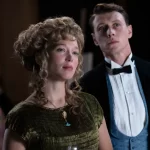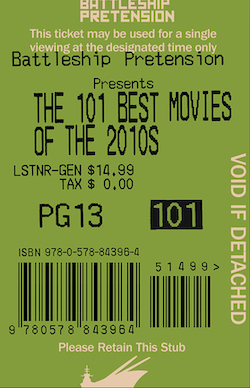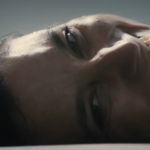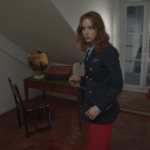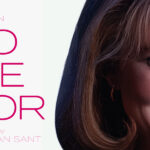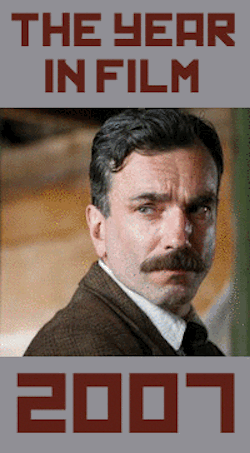The Attachment Diaries: Bound, by Scott Nye

The Attachment Diaries begins simply and concludes chaotically, with an arrival and an escape. It’s only right we should start with the former. Carla (Jimena Anganuzzi) is introduced feet-first, her heels gradually falling apart in the rain before she risks barefoot contact with the wet pavement instead. The rest of the film will toy with the conclusions we reach based on similarly-limited vantage points. We soon find she is seeking a doctor, and a specific one at that. Irina (Lola Berthet), we come to find in their ensuing conversation, has helped Carla with an abortion before, and in 1970s Argentina, decades before it was legalized, a reliable abortion doctor is worth a walk in the rain. Unfortunately, this time, Carla is too far along for it to be safely performed, so they come up with a different arrangement, one which begins reasonably until, well…attachments form.
Valentín Javier Diment’s fifth narrative feature, his first away from the horror genre, takes its time to introduce anything in the way of overt thrills. This makes their eventual explosion all the more impactful and seemingly unlikely. But as the twists, and bodies, pile up, we start to look back on these early conversations and wonder how much we were right to trust. Irina seems very pragmatic when she offers to help Carla find an adoptive home for her child with a well-paying couple, even if the requirement that Carla live with her to ensure the infant’s health and safety seems overly-cautious. Did she always plan for more? Did Carla? Who else in their semi-strange circle might have designs for them?
Underneath its satisfyingly pulpy exterior, The Attachment Diaries brings a lot to the surface of how people come to depend on others first for practical matters – financial security or health, say – only to become enveloped in them emotionally. Once the emotional needs overtake the practical ones, people can go to some extreme lengths to ensure the practical needs remain in place, lest the emotional ones come up empty. Carla begins the film terribly desperate; alone in the world, divorced, and wholly dependent on Irina’s generosity. Anganuzzi utilizes her open, round face and youthful appearance to their fullest, making the audience, and Irina, want to trust her. Though they are the same age, Berthet appears older, sterner, only to let Irina’s vulnerability gradually emerge the longer Carla stays, her sense of control withering away, to be replaced with Carla’s…if only Carla were capable of such.
The film’s formal approach is just as dynamic as its storytelling in piquing a sort of curiosity and exploding it in unexpected ways. The film as we approach it is in black and white, but the opening credits have a mix of red thrown in, telling the audience its monochrome palette will not stand permanently. The presence of those credits, too, suggest we’ve seen the title onscreen long before it finally comes up past the halfway point of the film. These may seem like small concerns, perhaps overly formalist, but they help bake in the uncertainty with which we should approach the film – what seems routine is actually a little unusual, even a little perverse.
So we come back to the simple beginnings / chaotic conclusion thing we set up at the top. What an escape looks like would get us far too much in the weeds, and anyway it’d spoil the fun. In a way, though, it’s a happy ending. Everybody gets what they want. Plus or minus a few fingers.



